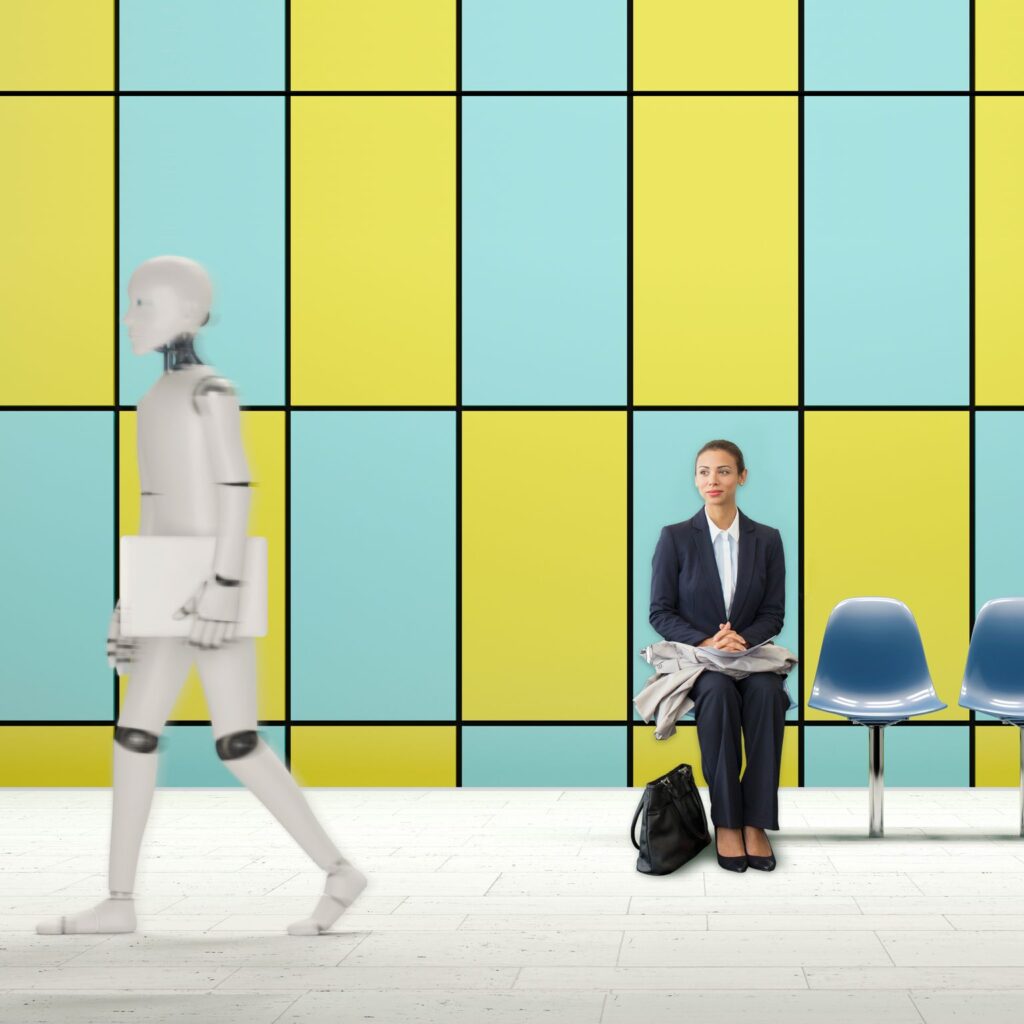While it may seem like a daunting concept to people like you and me, artificial intelligence and automation could enhance your professional life. Embracing automation in the workplace could lead to economic growth, an increase in jobs, and higher productivity. So what are we so scared of?
The fear is not automation itself, but rather how policymakers and key stakeholders support employees and businesses in navigating it. Over the past few decades, public spending on workforce development, employee retention, and professional support has fallen. In a time of such financial and social hardship, we must make workforce transitions and job creation a priority. This post will briefly explain what not to do with automation in the workplace, and follow up with four key points that will help employees succeed in the future of work.
Advice For Key Stakeholders
Don’t Scale Back: Perhaps as an essential stakeholder, your first reaction to the massive changes in workplace technology is to preserve the status quo and avoid working with new methods. Think again.
Many countries and competitors are currently looking at business model changes on the scale of the Marshall Plan, which supports new training models, programs to ease worker transitions, and income support.
Although slower adoption of automation might put workforce transitions on the back burner, ignoring the inevitable changes in your company will also slow down your business potential for economic growth.
The Learning Philosophy That Works
Do Embrace Economic Growth: Aggregate demand is defined as the total demand for goods and services within a particular market. Supporting strong aggregate demand growth is a crucial part of supporting new job creation.
To overcome future workforce development challenges, we must support fiscal and monetary policies that ensure sufficient aggregate demand, as well as support for business investment and innovation. Several European governments have already announced measures to aid domestic businesses in need of short term liquidity.
For example, to combat economic failure during the pandemic, the U.K. has already committed £330 billion of loan guarantees to the airline industry. This is the kind of attention we must grant companies impacted by automation.
Do Support Job Retraining: While automation could lead to more available jobs, we need to be ready for the new positions when they arrive. Providing job retraining and supporting employees in learning marketable new skills is essential to the future of work.
Mid Career retraining and being patient with workers learning new skills will be essential in the age of automation. Apprenticeships and on-the-job training will provide workers with the opportunities they deserve.
Above And Beyond Employee Engagement
Do Insist On A Fluid Labor Market: A fluid job market offers workers more freedom and authority in their position. On a small scale, shifting away from the traditional in-office, the 9-to-5 workday is a good place to start for organizations looking to introduce fluid work.
Digital talent platforms can also support fluidity, as they can match workers and companies around the world. In terms of the bigger picture, policymakers in countries with inflexible labor markets can learn from places like Germany, which adjusted its federal unemployment agency into a powerful job-matching tool.
Do Desire Societal Change: Focus on Income support and other forms of transition assistance to help displaced workers. Beyond retraining, policies such as unemployment insurance, public assistance in finding work, and benefits that assist workers between jobs can help people move forward in their careers.
For example, clearer minimum-wage policies, universal basic income, or wage gains tied to productivity growth are all solutions that businesses and governments should take into consideration.
WeLearn’s Learning Development Blog and Workforce Development
Change is a part of life, both in and out of the office. It is up to business and governments to embrace the change. To succeed in the future of work, we must reevaluate current talent acquisition strategies and workforce needs. Key stakeholders must carefully evaluate what kind of positions are needed for their company, which workers would be more useful in other jobs, and where new talent might be hiding.
Do you believe that companies are responsible for reskilling and rematching workers in new positions? What is your experience with training and change in the workplace? Here at WeLearn’s learning development blog, we want to hear your thoughts. Together we learn, and together, we can make the future of work a little clearer.

